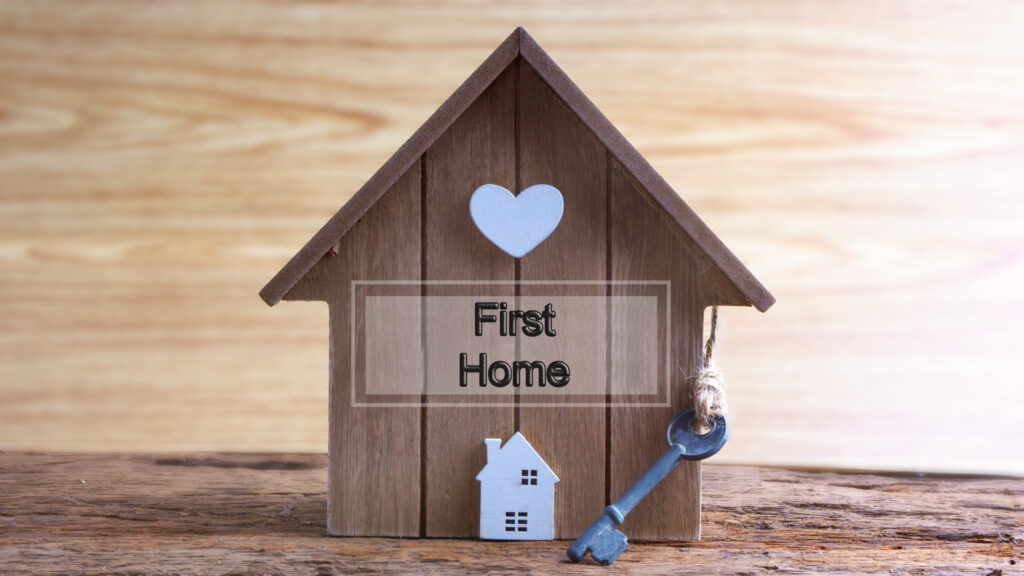
Urban renewal projects are transformative initiatives aimed at revitalizing and redeveloping existing urban areas. These projects often involve a combination of infrastructure improvements, property development, and community enhancements, all designed to breathe new life into aging or underdeveloped parts of a city. In Australia, where urbanization and population growth are constant, the impact of urban renewal on the real estate market is profound and multifaceted.
Understanding Urban Renewal in the Australian Context
Urban renewal in Australia typically focuses on regenerating inner-city areas, repurposing industrial zones, and enhancing suburban neighborhoods. These projects are often driven by both government initiatives and private sector investments. The goal is to address urban decay, improve living standards, and accommodate increasing populations in major cities like Sydney, Melbourne, Brisbane, and Perth.
Australian urban renewal projects often involve mixed-use developments that combine residential, commercial, and public spaces. This approach not only revitalizes neglected areas but also creates vibrant, multifunctional environments that attract residents, businesses, and tourists alike. By incorporating green spaces, cultural amenities, and modern infrastructure, these projects aim to create more livable and sustainable urban environments.
Influence on Property Values and Market Dynamics
Urban renewal has a significant impact on property values and market dynamics within Australian real estate markets. One of the most immediate effects is the increase in property values in the areas undergoing redevelopment. As infrastructure improves and new amenities are introduced, demand for property in these areas typically rises, leading to higher property prices.
For instance, neighborhoods that were once considered less desirable may become hotspots for investment and development. As property values rise, there is often a corresponding increase in rental prices, making these areas attractive to investors seeking higher returns. This trend can also stimulate further development, creating a positive feedback loop that continues to enhance the area’s appeal and economic viability.
However, the rise in property values can also lead to issues such as gentrification, where long-time residents may be displaced due to increasing costs. While urban renewal projects can lead to significant economic benefits, they must be managed carefully to ensure that they do not exacerbate social inequalities or disrupt established communities.

on Local Businesses and Employment Opportunities
Urban renewal projects often lead to the revitalization of local businesses and the creation of new employment opportunities. As areas become more attractive and accessible, they can attract a diverse range of businesses, from retail and hospitality to professional services. This influx of businesses can stimulate local economies, create jobs, and enhance the overall vibrancy of the area.
New developments can also lead to the establishment of business hubs and innovation districts, which contribute to economic growth and diversification. For example, areas that were previously underdeveloped or industrial may be transformed into bustling commercial centers, fostering entrepreneurship and attracting both national and international businesses.
Australian Topical Sites and Their Role
Topical sites in Australia, such as those focusing on heritage preservation, environmental sustainability, and cultural development, play a crucial role in urban renewal projects. These sites often highlight the importance of integrating historical and cultural elements into modern developments, ensuring that new projects respect and enhance the unique character of their surroundings.
For example, urban renewal projects in Australian cities frequently incorporate elements that reflect the local heritage and cultural identity, contributing to a sense of place and community pride. This approach not only enriches the urban landscape but also fosters a connection between new developments and the historical context of the area.
Additionally, there is a growing emphasis on sustainable development practices in Australian urban renewal projects. Environmental considerations, such as green building practices, energy efficiency, and the creation of green spaces, are increasingly prioritized. This focus on sustainability aligns with broader national and global trends towards reducing environmental impact and promoting resilient urban environments.
Long-Term Implications for the Real Estate Market
The long-term implications of urban renewal on the Australian real estate market are significant. Over time, the enhanced infrastructure, improved amenities, and increased property values associated with urban renewal can lead to a more dynamic and competitive real estate market. As previously underdeveloped areas become desirable locations, they can attract further investment and development, contributing to overall economic growth and urban transformation.
Moreover, successful urban renewal projects can set a precedent for future developments, influencing planning and development practices across Australia. The lessons learned from these projects can inform best practices and strategies for managing urban growth, ensuring that new developments contribute positively to the urban fabric and meet the needs of diverse communities.




